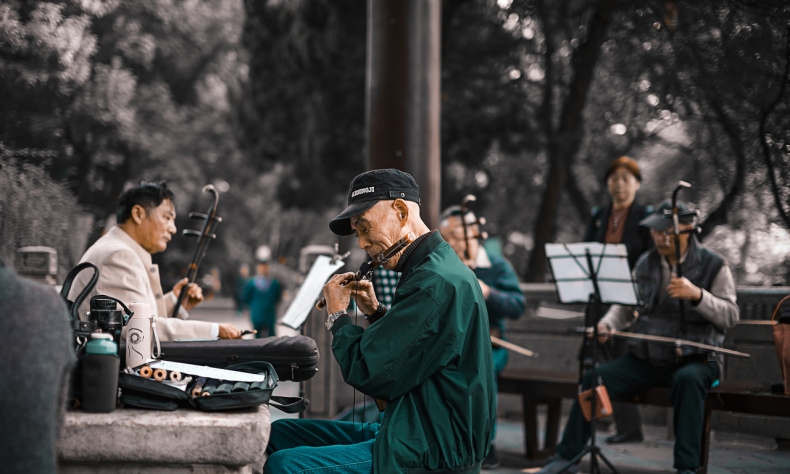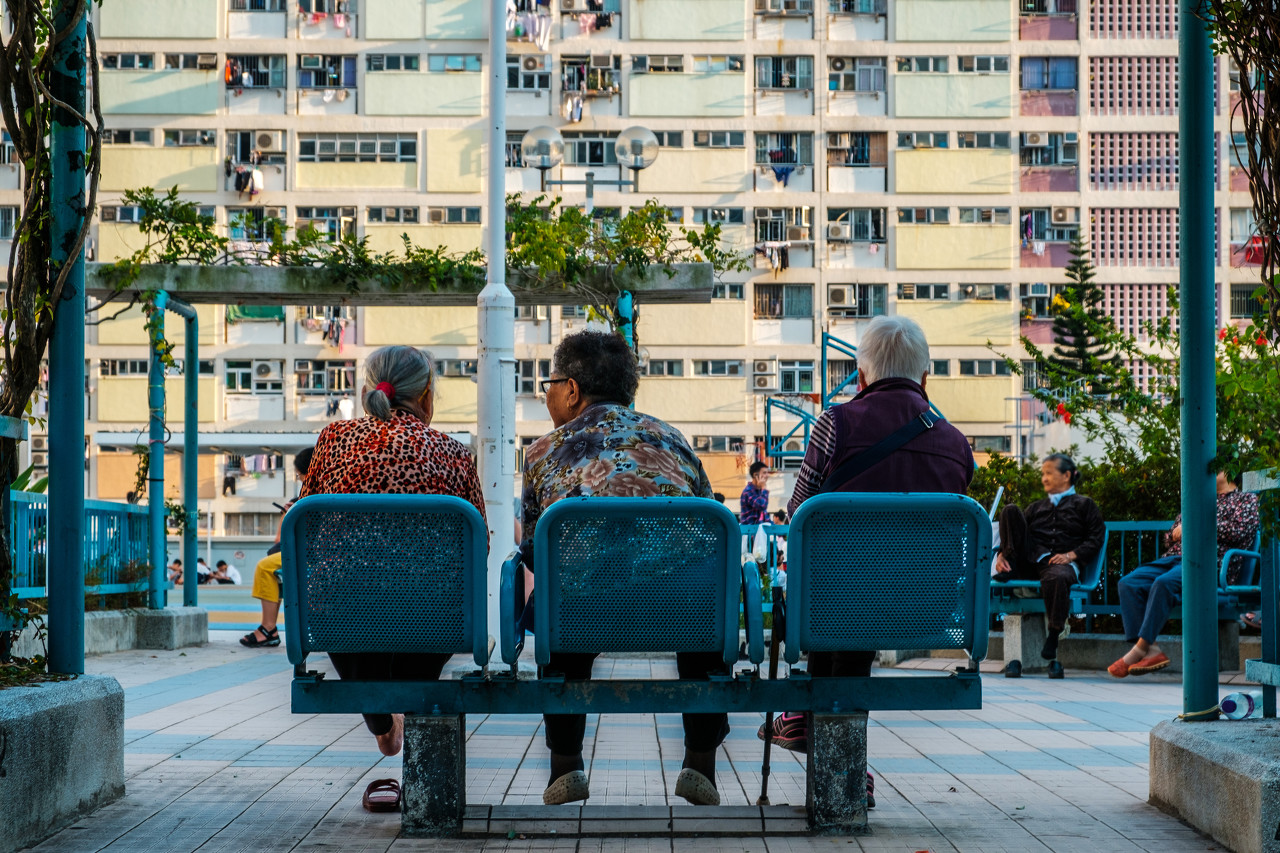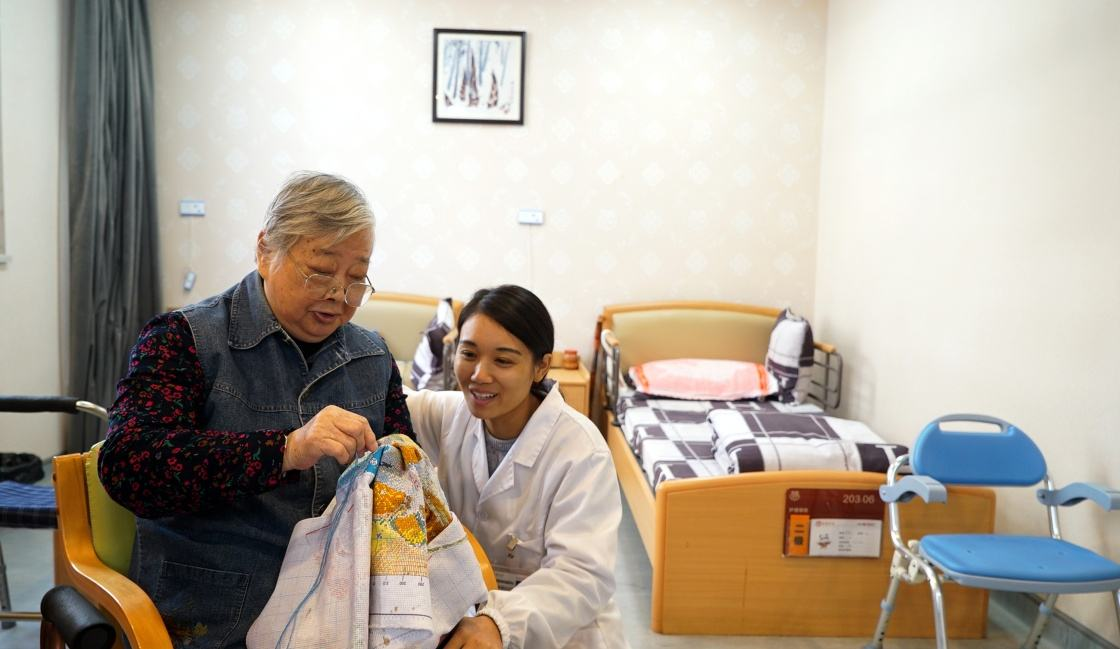How to Cope with the Aging of Population in China?

Regarding China’s two centennial development goals, regulating the total fertility rate to the replacement level is the best choice in the medium and long term to ensure the balanced development of the population size and structure.
The aging population is a major phenomenon throughout the development of the world since the 20th century. It is an unprecedented century of human population from 1950 to 2050.
The first 50 years are a period of rapid growth while the second 50 years are featured of a rapid aging process. In 1999 the proportion of people aged 60 and over in China reached 10 percent, leading to an aged society. In 2019 the proportion of people aged 60 and over reached 18.1 percent. As the aging of population continues to advance, it will have a comprehensive, profound and lasting impact on economic and social development.
Chinese population faces aging
Thirty years ago, the number of children aged 0-14 was four times that of senior citizens aged 60 and above. At present the population of the two groups is basically the same. After 30 years the senior population will be 2.5 times that of children. The size of China’s senior population will remain the largest in the world for a long time.
At present the total number of people aged 60 and above in China has exceeded 250 million, ranking first in the world which will remain throughout the 21st century with the expectation of exceeding 400 million in 2032 and 500 million in 2048. The growth of China’s huge senior population, the decrease of total population and the aging of labor force overlap each other, which has a profound impact on the source and impetus of China’s future prosperity and development.
China has maintained a low fertility rate for nearly 30 years, downing from 21‰ in 1990 to 10.5‰ in 2019. The long-term low fertility rate has accelerated the trend of smaller households and fewer children in China. Especially over 200 million parents of one-child households have gradually turned 60, thus this huge group will face difficulties in obtaining senior-age care.
With the significant increase of the migrant population, actual residences and registered domiciles are separated, empty-nest households, left-behind children and other incomplete households have emerged in large numbers. The burden of aging has increased and the households’ risk resistance has reduced, overwhelming the traditional senior-care model.

A focus of policy-making
At the Fifth Plenary Session of the 19th CPC Central Committee in late October, the implementation of the active senior-care strategy was upgraded to a national level, giving full play to the advantages of the socialist system, adopting an active policy, mobilizing the society, concentrating resources, making institutional arrangements from the aspects of ideological understanding and material basis, and building a pattern of “providing the senior with support, medical care, teaching and learning opportunities, accomplishments and entertainment”.
The whole society will be guided to provide opportunities for senior citizens to participate in economic and social activities, integrate them into the mainstream to become a positive factor for stable development.
Stable and moderate fertility rate is the premise of implementing the strategy of actively responding to the aging process. According to statistics by authorities, the birth rate in Chinese mainland was 10.48‰ in 2019. During the 40 years from 2010 to 2050 the contradiction within the population structure gradually become prominent, therefore the main task is to stabilize the moderate fertility rate. The country optimized the family-planning policy, enhanced its inclusiveness, established and improved the modern policy system to support family planning, and implemented the national strategy to actively respond to the aging of the population, so as to ensure the stable population size and moderate process of the aging of the structure and promote the long-term balanced development of the population.
Improving labor productivity is the key to implementing the strategy of actively responding to population aging. At present China’s relatively low-end industrial structure and low quality of labor force give the senior-care capacity great potential for improvement in the future. Employment in the primary industry accounts for 25 percent, which has dropped to less than 10 percent in developed countries around 1990.
There is a huge gap in between. In China, the labor force with middle to high school educational levels as the majority makes the contribution of human capital to economic development only 35 percent, far lower than the average level of 75 percent in developed countries. Giving priority to investing in people’s comprehensive development is the right way to realize the transformation from a populous country to the one powerful in human resources.
With the advancing of globalization and knowledge economy, the contribution of knowledge and technology to economic development is increasing, and the rate of return of human capital is getting ever higher. We pay more attention to the unity of economic and social development, strengthening the investment in improving people’s life quality and social equity to promote people’s overall development.

Supporting measures needed
Optimizing the system is an initiative to implement the strategy of actively responding to population aging. We should raise the fund for the basic senior-care system transition through multiple channels, increase the supply of pensions, speed up the improvement of the “three pillar” senior-care security model composed of national pension, personal account pension and commercial insurance so as to ensure that senior citizens’ living standards will not be greatly reduced due to retirement.
In terms of health, it is necessary to advocate the concept that “health is the biggest wealth” and a healthy lifestyle, and encourage “health deposits” in young ages to improve the life quality in later years. In order to improve the coverage of medical insurance and the accessibility of medical services for senior citizens, we should build a health service system to realize the intact state of physical, psychological and social adaptability of senior citizens.
In terms of services, we should clarify the responsibilities of government, society, households and individuals in senior care, establish a family-oriented system based on community service network, and accelerate the formation of a service system based on home care, supported by community, supplemented by institutions and carried out by social workers.
In terms of the industry, we should adhere to the principle of market orientation, government support and the whole society participation. It is encouraged to give consideration to economic and social effects and handle the relationship between profitability and public welfare and that between senior and non-senior citizens. Adopting diversified investment and operation models such as public construction with private operation, public-private co-construction and exclusive private construction and operation is conducive to set up a multi-level development model for the senior-care industry by optimizing resource allocation and improving service quality.
Regarding China’s two centennial development goals, regulating the total fertility rate to the replacement level is the best choice in the medium and long term to ensure the balanced development of population size and structure.
The key to actively coping with the population aging is to improve the senior-care capacity. It is a core measure to actively respond to the aging phenomenon by building the capacity of supporting the senior citizens in an aged society through improving the employment rate, labor productivity and the accumulation rate of pension resources, enhancing the social and self-supporting ability for the senior, and thus reducing the burden of senior care.
The author is a research fellow at China Population and Development Research Center.
 Facebook
Facebook
 Twitter
Twitter
 Linkedin
Linkedin
 Google +
Google +










